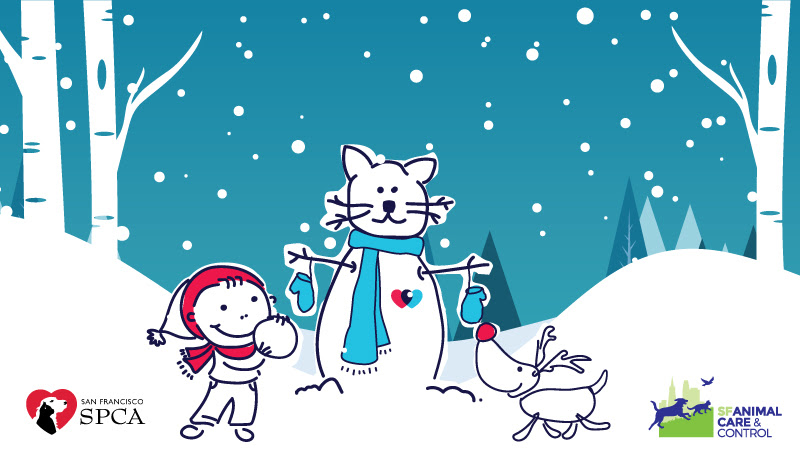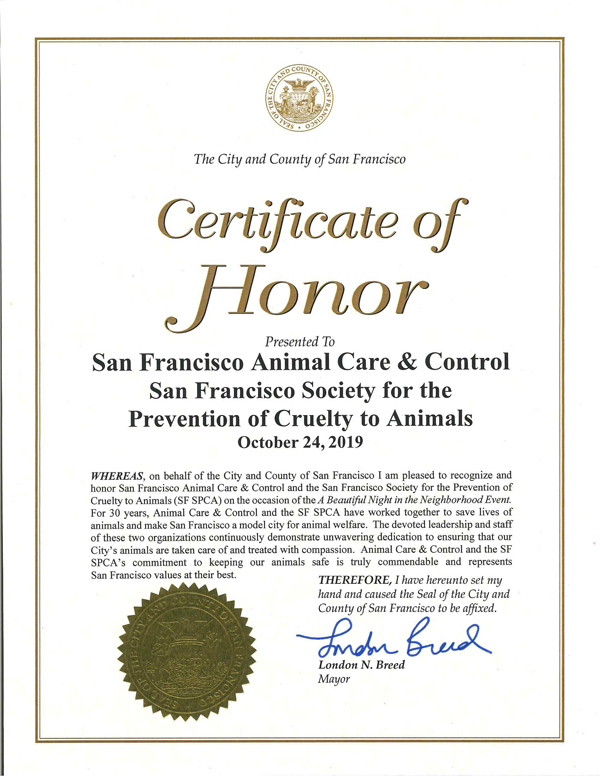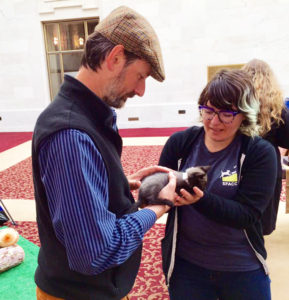We had a record-breaking #GivingTuesday at SF Animal Care & Control on Dec. 3, 2019! Together we raised over $10,200 and met our $10K PET CAMP Matching Gift Challenge. That means TWICE the support for our shelter programs. The outpouring of funding we received from you expresses your commitment to helping animals in San Francisco. From the bottom of our hearts and paws we thank you! And thank you Pet Camp!
Your gift will go directly toward critical programs that are outside the scope of the shelter’s city budget, such as a Behavior and Training program (B&T), quarterly free microchip and low-cost rabies vaccine clinics, an Emergency Medical Fund, toys and treats for the animals, and microgrants to local rescue groups.
We deeply appreciate your support and promise that your donation will be wisely spent.
In gratitude,
~The Friends of SFACC





 Warm up for the 33rd year of San Francisco’s favorite holiday tradition at Macy’s Windows, starting Nov. 22nd! But we can’t wait that long to cuddle cute adoptable animals, so we’ll be joining our neighbors, the SF SPCA and their pups and kitties Friday Nov. 8 (and again Dec. 5) for a cuddlefest with some of our adorable small and exotic animals.
Warm up for the 33rd year of San Francisco’s favorite holiday tradition at Macy’s Windows, starting Nov. 22nd! But we can’t wait that long to cuddle cute adoptable animals, so we’ll be joining our neighbors, the SF SPCA and their pups and kitties Friday Nov. 8 (and again Dec. 5) for a cuddlefest with some of our adorable small and exotic animals.







